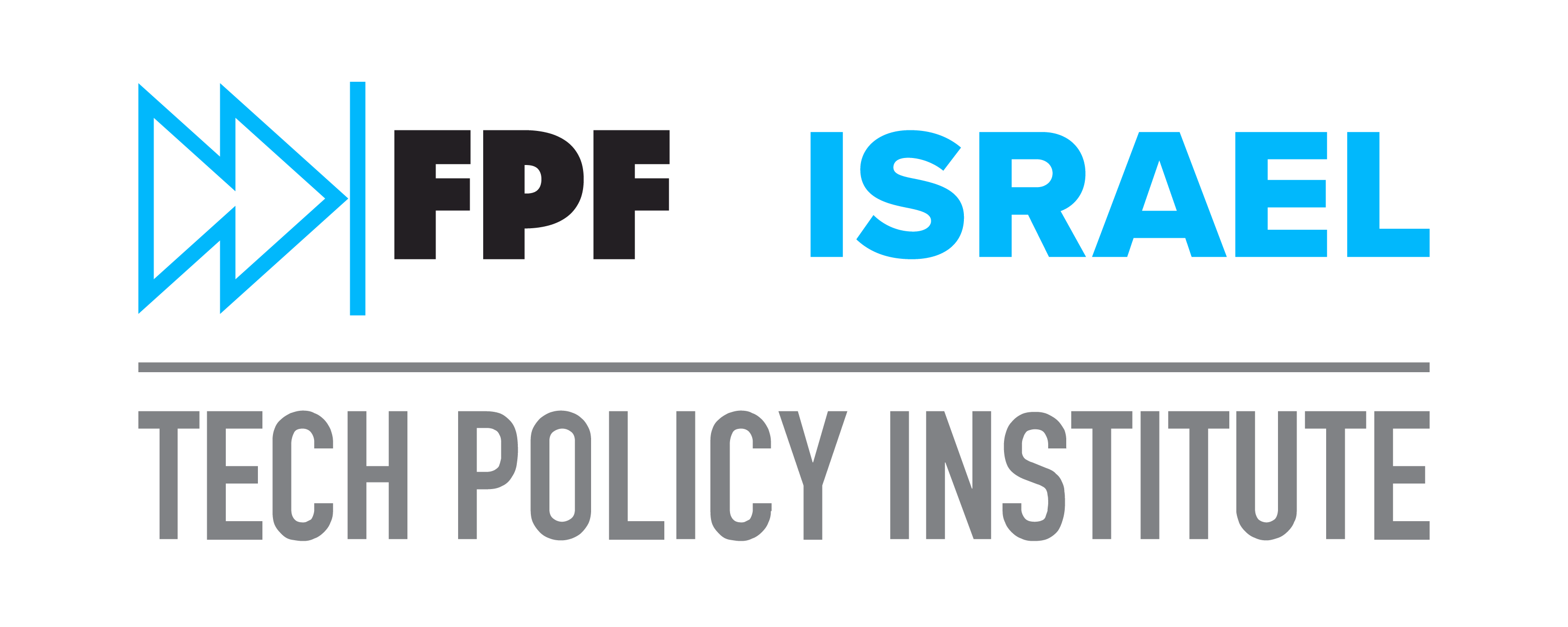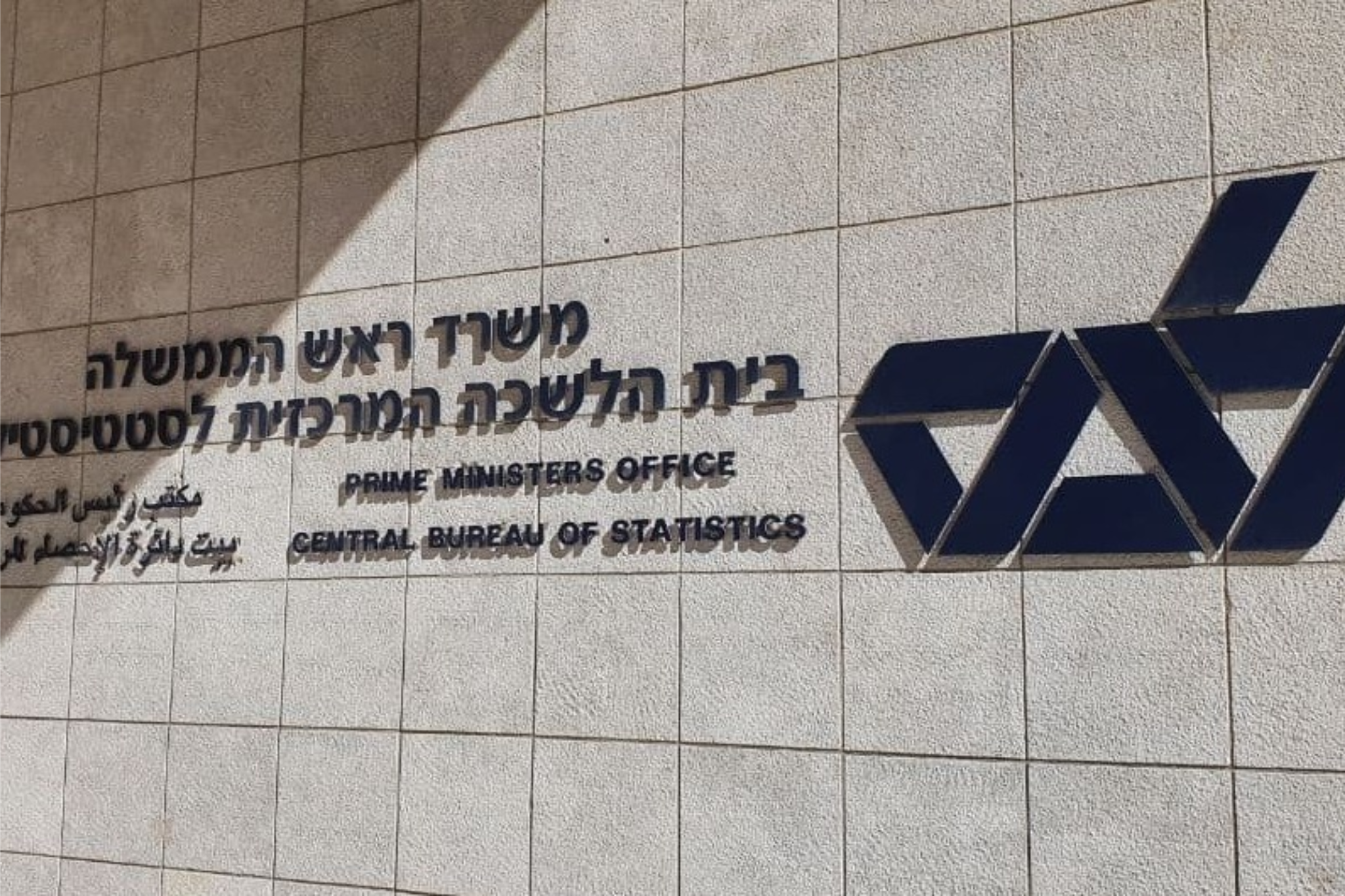Accelerating Digital Transformation: What are the Required Building Blocks?
And how does the government of Israel plan to make it happen?

The טרנספורמציה דיגיטלית of our society has been evolving for some years, yet deep structural changes requiring investment in physical infrastructures, innovation of policy and legislation and public-wide changing of old habits have been slow to follow. Recent worldwide events – product of a pandemic that spiraled a major economic challenge and requires social distancing – are a fierce trigger to the acceleration of these processes.
Governments may rely on various justifications to push for more services and activities to be offered fully online. Think of the amount of time spent in travel to and waiting for service at the bank, doctor’s clinic, getting a government ID or driver’s license. By providing more of these services online, citizens are spared the need to take time off work, employers can reduce staff, travel congestion can be reduced along with air pollution, people from communities distanced from urban centers can close the gap, the bureaucratic burden can be lowered thus decreasing the price of doing business and we can better answer the needs of an exponentially growing population. Additionally, in light of the current urgent need – less human contact on a daily basis in transportation and crowded offices reduces the spread of disease.
Four main sectors of services for the public and business sector should be focused on, in order to accelerate this transition into broader online societal services: Government, Finances, Health & Education.
In order for this to succeed in becoming a reality we need four supportive infrastructures:
First, we need more robust IT platforms like the ones cloud computing offers. This allows for the quick establishment of an environment that facilitates storage of data and applications, a multitude of software services and a managed and secure environment, that saves “time to market” and allows for more efficient use of resources for companies and governments.
Second, we need stronger communication channels deployed in full cover to service all communities, such as 5G and fiber-optic, that will provide us with more bandwidth and faster connection critical to sustain the growing needs of the digital servicing acceleration.
Third, and this one is much less advanced nowadays – we need digital identity management, at a government authentication level, with national and international interoperability. Why is that? Because one of the biggest challenges of the digital dimension is connecting our physical selves with our digital ones. Without an identity infrastructure there is no way to support and streamline activities that have legal standing such as renewing government documentation, transferring property registration, voting, attending court hearings, making complex and significant monetary transactions etc. Highly trusted validation and authentication of the person behind the digital device/service is essential to effective streamlining of a digital society. Among the major challenges for the creation of this infrastructure is dispensing digital identity credentials through a reliable process for each person, while creating an interoperable system through various services such as health, finance, education and government, keeping it secured and not too complicated for people to use daily.
And fourth, we need governments to actively drive this evolution by creating innovative enabling policies, laws and regulations; build incentives for private sector to join the evolution and support interoperability; support local governments in joining the transition so that municipal services are equally adapted to the digital dimension; collaborate with each other in creating international standards that allow for interoperability; and set an example by striding themselves in this direction by changing the way they offer services to the public.
These policies must address not only the benefits a digital evolution can offer, but also the potential unintended consequences. Challenges such as digital illiteracy, privacy, security, equality, accessibility need to be addressed in advance in order for the transition from physical services to digital ones to leave no one behind and benefit all.
Israel has several government plans and programs aimed at achieving this goal, that are expected to be promoted by a c. 112 million$ appropriation that has been tabled with the current budget bill (though postponed now due to coalition instability).
Its goals are:
1) Significant reduction in citizens’ physical attendance for service in government ministries and financial institutions
2) Significant reduction of the digital gap in local government services to citizens
3) Reducing bureaucracy and easing the burden on the citizen and business sector
4) Improving productivity in the economy through quality digital learning and training, especially investment in generating trained professionals for the high-tech industry
The program entails a number of key processes:
1) Establishment of alternative digital service channels to frontal service
2) Connecting local government and statutory corporations to central government digital services
3) Deep change of bureaucratic processes, re-engineering and regulatory change while adapting to the needs of the end-user in order to better cater to the challenge of diverse populations moving online
4) Promoting digital learning within diverse age groups and through different levels of training
5) Promoting digital identification infrastructure for the financial system
6) Expanding digital payment services and creating digital guarantees
7) Establishment of a National Digital Directorate in the Government Digital Office
The plan also includes a number of key infrastructure components:
1) “Citizen Personal Area” – on the Internet and mobile devices, offering citizens access to a variety of personal information managed by the government and provision of government services
2) National Digital Identity Management service, based on a government “Levels of Assurance” policy
3) National Digital Signature Service – based on PKI (Public Key Infrastructure) certificates
4) National Forms Service – including automatic entry of personal information and uploading of official documents in government possession
5) National Data Flows Infrastructure – Cloud based communication between the various public sector bodies
6) Online Courts and Online Dispute Resolution (ODR) system
Additionally, the suggested reforms include suggested regulation for the support of an open-banking initiative based on the EU standard PSD2, various incentives to promote the financial tech industry and an incentive regulation framework to encourage the deployment of nationwide FttH (Fiber Optic to the Home) infrastructures.
Other governments are also pursuing such policies. For example Open Banking initiatives are considered now also in India and the US. Digital government services have launched in Brazil.
Unfortunately for Israel, the current political saga is compromising this promising initiative, with the budget bill approval now being delayed by 120 days and the coalition being in a state of flux. Digital transformation is badly needed in these times of a major health crisis, and the major economic catastrophe that ensued. Hopefully, the government will get itself back on track sooner rather than later.



